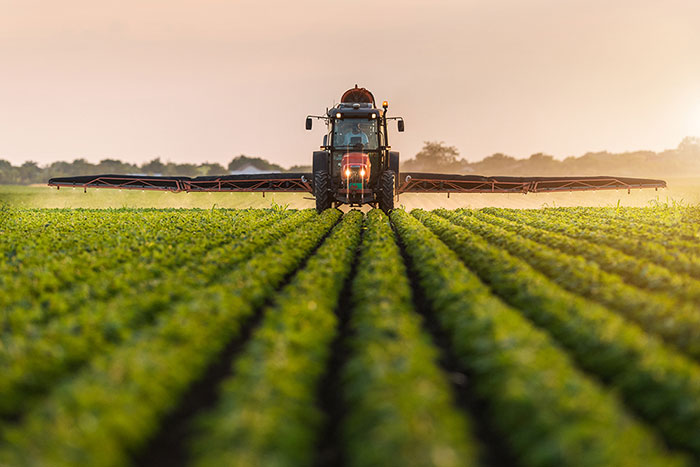
The production of Ammonia is a two-stage process. The first stage converts hydrocarbon feed, steam and air to a synthesis gas suitable for the second stage. The first stage is a multi-step process. The first step is purification of the feedstock to protect downstream catalysts and equipment. The feed is then mixed with steam and air in a two-stage reforming process designed to maximise conversion of hydrocarbon according to the steam reforming and Water Gas Shift reactions.
Steam Reforming
CH4 + 2H20 ↔ 4H2 + CO2
Water Gas Shift
CO + H2O ↔ H2 + CO2
Combustion
2CH4 + 4O2 ↔ 2CO2 +4H2O
2CO + O2 ↔ 2CO2
H2 + O2 ↔ 2H2O
The next stage is two step conversion of carbon monoxide to Carbon dioxide according to the water gas shift reaction. This increases Hydrogen partial pressure and increases efficiency and maximises CO2 concentration for removal in the next step.
Water Gas Shift
CO + H2O ↔ H2 + CO2
CO2 and impurities are physically removed in the Acid Gas removal or Nitrogen wash system, depending on the flowsheet.
A methanation step can be used to convert residual Carbon Oxides.
CO + 3H2 ↔ CH4 + H2O
CO2 + 4H2 ↔ CH4 + 2H2O
The synthesis gas is now ready to be fed to the second stage or synthesis loop, where conditions are such that the Nitrogen and Hydrogen react to form Ammonia. The loop operates at high pressure and is designed to achieve conditions for the reaction at elevated temperature and product separation at ambient temperature or lower, there is significant heat integration within the loop to improve efficiency.
Ammonia synthesis reaction
N2 + 3H2 ↔ 2NH3





